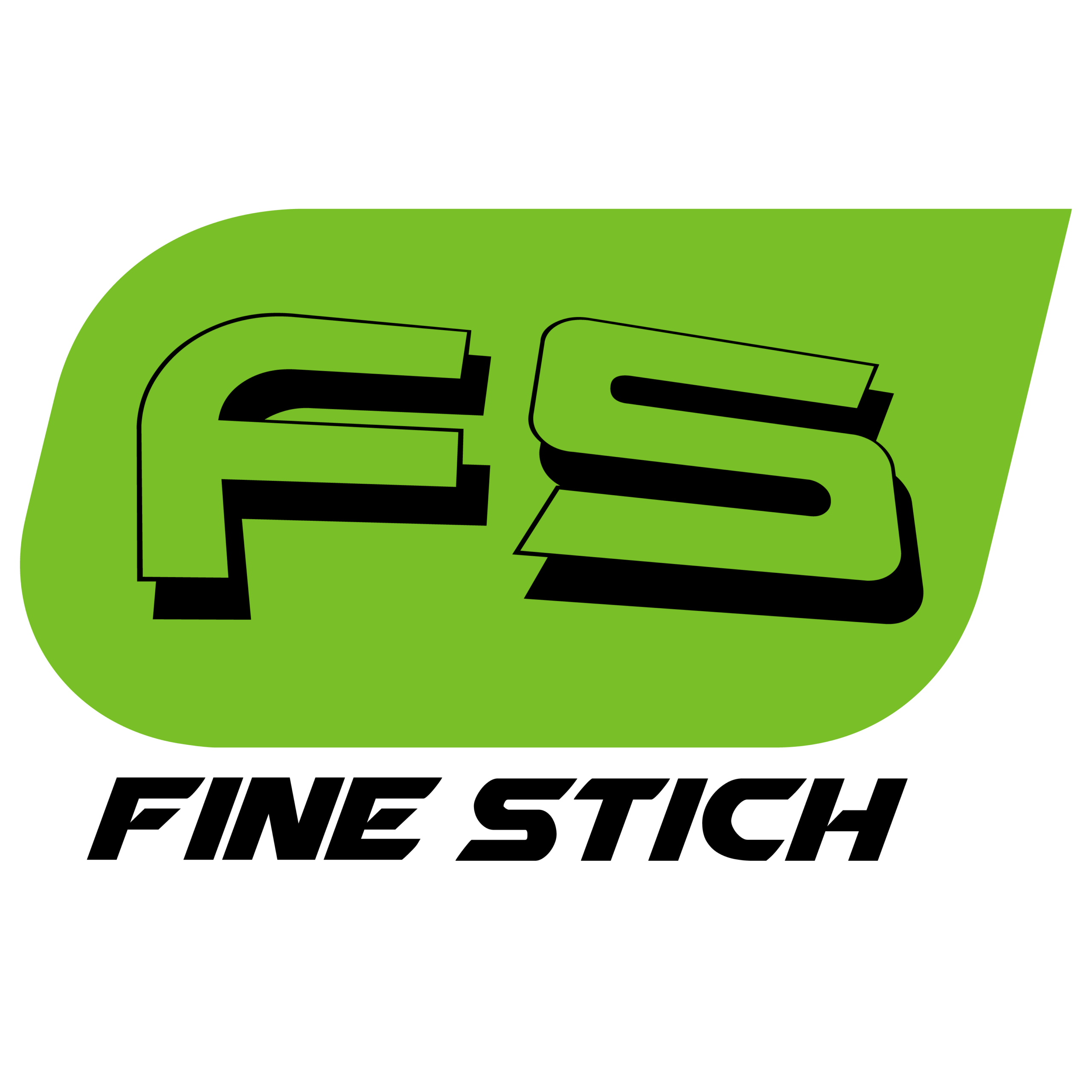Vector art is key to clean, scalable embroidery and printing. If you’re confused by all the technical terms, don’t worry — we’ve made this simple A to Z glossary to help you out.
A – AI File
Adobe Illustrator’s native file format for vector graphics.
B – Bezier Curve
Smooth curves used in vector drawing to create shapes and paths.
C – CMYK
A color mode used in printing — vector files can use CMYK for accurate color matching.
D – Digitizing
In embroidery, this means converting vector art into a stitch file.
E – EPS File
Another common vector format — editable and great for printing or embroidery.
F – Fill Stitch
A type of embroidery stitch used to fill large areas of a design.
G – Gradient
A smooth transition between colors — tricky for embroidery but works in print vectors.
H – Hoop Size
In embroidery, this determines how big your design can be stitched.
I – Image Trace
A tool used to convert a raster image (like JPEG) into a vector format.
J – JPEG
A compressed image format — not ideal for embroidery unless converted to vector.
K – Kerning
The space between letters in a word — important for clear text in your design.
L – Line Art
Simple vector outlines used as the base for embroidery designs.
M – Monochrome
A design that uses only one color. Monochrome vector art is often used for simplicity and is cost-effective for embroidery.
N – Nodes
Points on a path in vector art that define the shape of lines and curves. The fewer nodes, the cleaner the vector.
O – Offset Path
A technique used to create a duplicate shape around the original shape, often used for creating borders or outlines.
P – Path
A line created in vector art defined by points (nodes) connected by straight or curved segments. Paths are essential for creating shapes and designs.
Q – Quality Check
The process of reviewing a vector file or embroidery sample to ensure accuracy, clarity, and readiness for production.
R – Raster Image
An image made up of pixels (e.g., JPG, PNG). Raster images are not scalable without losing quality, making them less ideal for embroidery unless converted to vector format.
S – Stitch Count
The total number of stitches in a design. A higher stitch count typically results in a more detailed design but can also increase the cost.
T – Tessellation
The process of tiling smaller, repetitive patterns or designs within a larger area. This can be seen in intricate patterns but is not typically used in embroidery due to thread constraints.
U – Underlay Stitch
A foundational stitch that supports the main embroidery design, ensuring the fabric stays in place and prevents puckering. It’s a crucial step in the digitizing process.
V – Vector File
A type of graphic file that uses paths, points, and lines to create images. Unlike raster images, vector files are scalable without losing quality, making them perfect for embroidery and printing.
W – Weaving Pattern
Patterns created by interlacing threads, typically seen in fabric designs. Weaving patterns can sometimes be incorporated into embroidery for texture and visual interest.
X – X-Axis and Y-Axis
The horizontal (X-axis) and vertical (Y-axis) directions on a design. Knowing these coordinates is important when aligning the design on a garment during embroidery.
Y – Yellowing
A phenomenon where white or light-colored embroidery threads can develop a yellowish tint over time due to exposure to light, moisture, or chemicals.
Z – Zero-Stitch
A point in an embroidery design where no stitching occurs. This often occurs in areas where a different technique (like appliqué) is used, or where the design includes an open area.
And so on!
At Fine Stitches, we turn all kinds of images into clean, embroidery-ready vector art. Whether you’re a beginner or a business, we’re here to make it easy.
